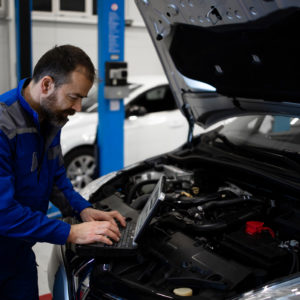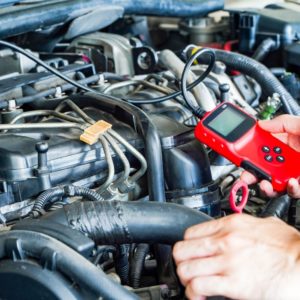Q: Where Is the Fuel Regulator Typically Located?
A: The fuel regulator or fuel pressure regulator is usually at one end of the fuel rail, below or close to the intake manifold, or part of the in-tank fuel pump on returnless fuel systems. If there’s just one line feeding the fuel rail, the fuel pressure regulator is in the fuel tank as part of the pump. If there is a fuel rail pressure sensor, the fuel pressure is controlled by an electronic module.

The exact location of the fuel regulator varies depending on the vehicle. If you’re not sure where your fuel pressure regulator is, you can consult your owner’s manual or a trusted mechanic.
The fuel regulator manages fuel flow into the injectors. It has a spring that presses against a diaphragm and is linked to a vacuum hose.
Once the vacuum increases, the diaphragm pushes against the spring, which decreases pressure and the amount of fuel injected into the engine. When the vacuum decreases, fuel pressure increases.

Tips on How to Access the Fuel Regulator
Park in a well-ventilated area that doesn’t have appliances like heaters and dryers before tinkering with your fuel system.
To start, relieve fuel system pressure before accessing your fuel regulator. You can watch tutorial videos online to learn what this task involves or ask a mechanic to do it for you.
After relieving fuel pressure, you’d also have to disconnect the car battery. The exact steps in accessing your fuel regulator depend on the vehicle.
Any information provided on this Website is for informational purposes only and is not intended to replace consultation with a professional mechanic. The accuracy and timeliness of the information may change from the time of publication.






























